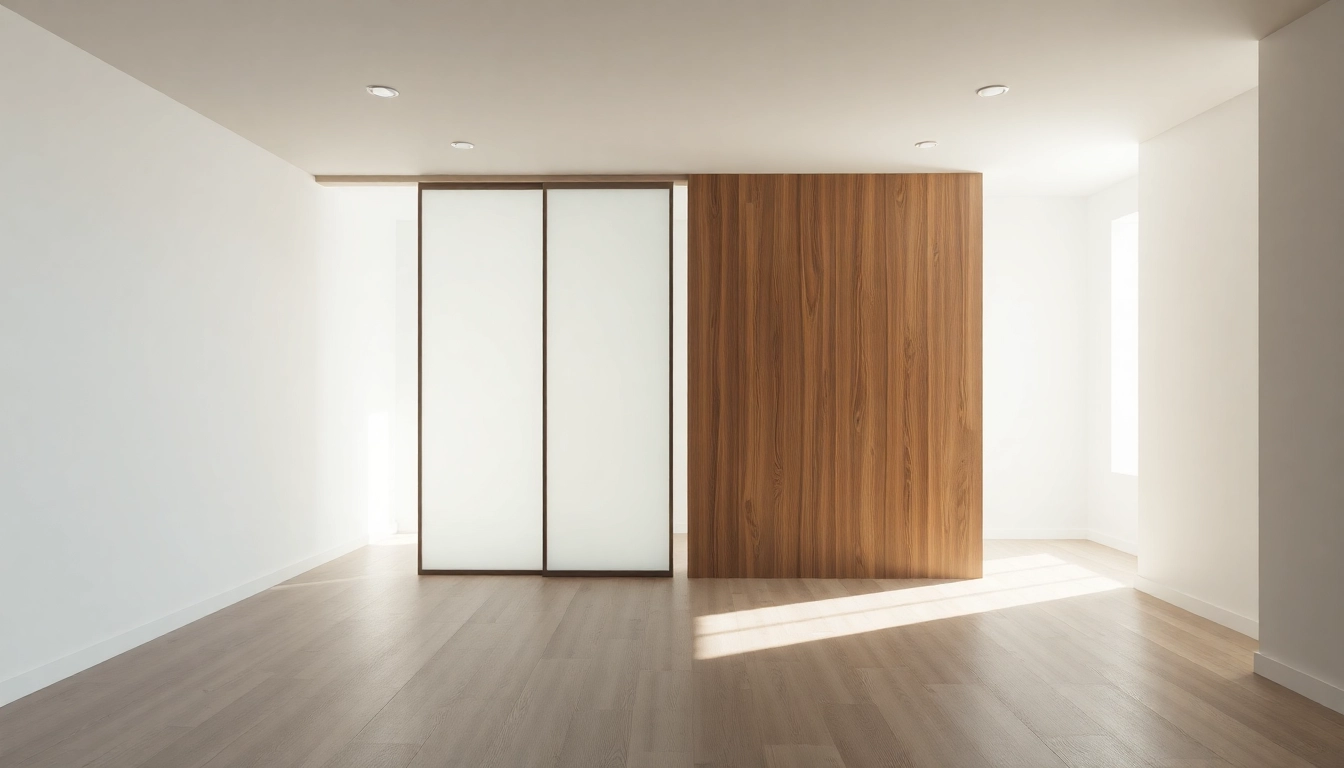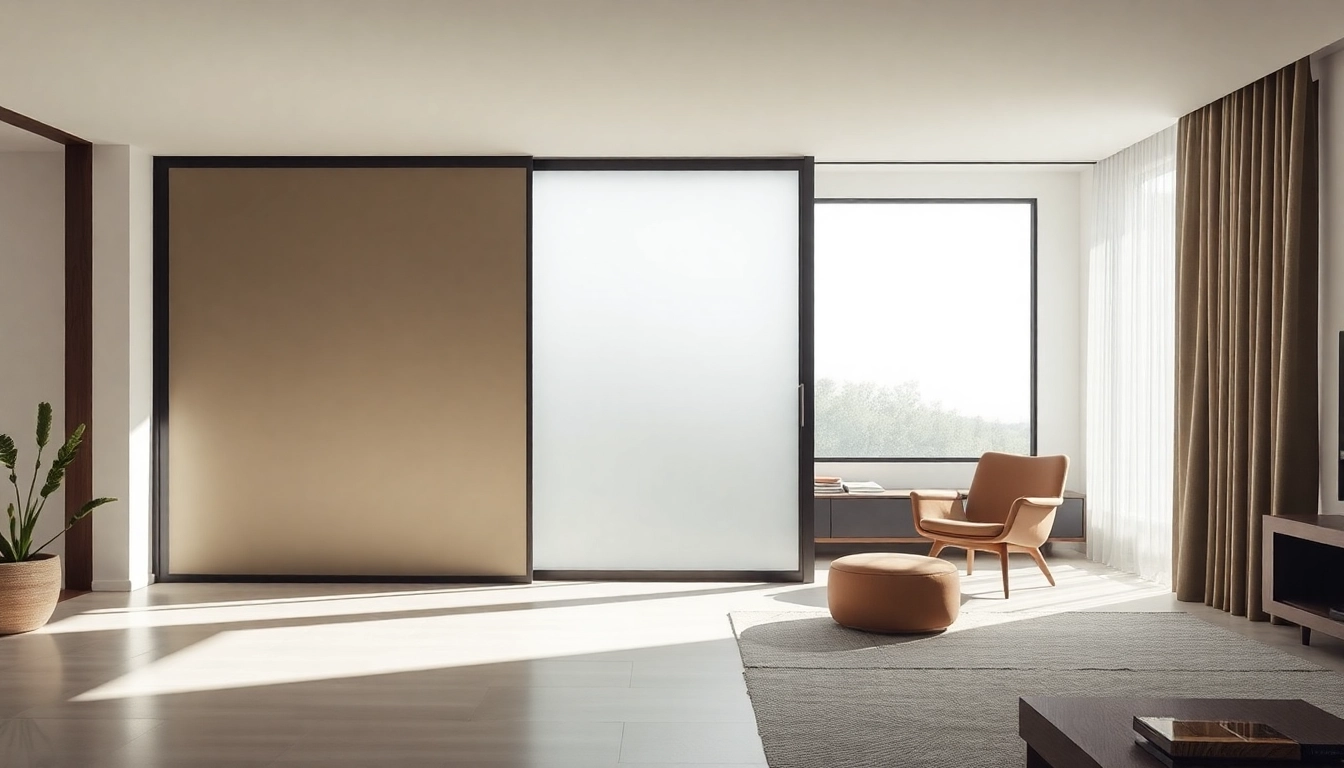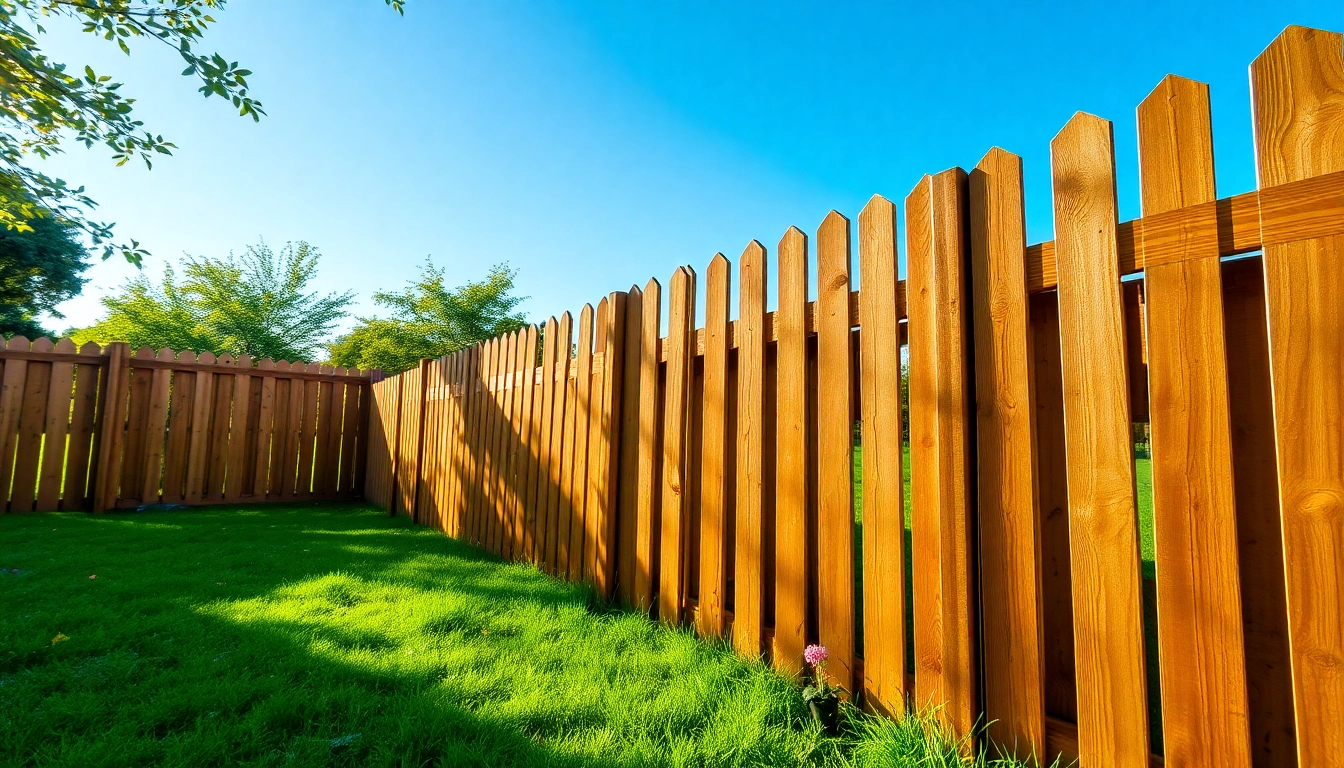Understanding Sliding Partition Walls
What is a Sliding Partition Wall?
A sliding partition wall is an innovative architectural solution that allows for versatile use of space. Primarily designed to separate areas within a room or building, these walls can slide open or closed, providing dynamic flexibility in layout and functionality. Unlike traditional walls, sliding partition walls can be easily reconfigured according to the specific requirements of the moment, making them an optimal choice for both residential and commercial spaces.
Types of Sliding Partition Walls
Sliding partition walls are available in various types, each suited to different needs and aesthetic preferences:
- Operable Walls: These are typically used in commercial settings like hotels and conference rooms, where spaces need to be divided and opened as required. They can cover large areas and provide acoustic separation.
- Panel Systems: These are modular in design, enabling easy setup and removal. They can be hung from ceilings or supported by a track system.
- Bifold Doors: While not a traditional wall, bifolding systems serve a similar purpose and can efficiently open up space.
- Acoustic Panels: These are specifically designed to improve sound dampening, making them ideal for environments where noise control is a priority.
Advantages of Using Sliding Partition Walls
The implementation of sliding partition walls offers several advantages that contribute to their increasing popularity:
- Space Optimization: Sliding partition walls can divide large rooms into smaller, more functional areas without the need for extensive remodeling.
- Flexibility: They allow spaces to be adapted according to changing needs, supporting various activities in both residential and commercial environments.
- Cost-Effective: Compared to traditional walls, sliding partition walls are often less expensive and easier to install, offering an economical solution for space division.
- Design Aesthetics: With a range of materials and finishes available, sliding partitions can enhance the overall aesthetic of a space.
Design and Aesthetic Considerations
Choosing the Right Style for Your Space
When selecting a sliding partition wall, the style should harmonize with the overall design of your space. Consider factors such as:
- Architectural Style: Ensure the wall matches the existing architecture, whether modern, traditional, or industrial.
- Usage: Different styles serve different purposes. For instance, a more robust system may be needed in a commercial area, while a lighter design might suit residential settings.
- Mobility: Assess how often the wall will be moved or adjusted; some designs offer easier operation than others.
Color and Texture Options
Color and texture play a crucial role in the effectiveness of sliding partition walls. Here are some considerations:
- Finishes: Options range from wood to glass and metal, allowing for versatile design choices that can either blend in or stand out.
- Color Palette: Choose colors that align with your brand or personal aesthetic. Neutral tones promote cohesion, while bold colors can add a contemporary touch.
Integrating Functionality with Design
Effective integration of functionality and design is essential for sliding partition walls:
- Dual Purpose: Consider walls that incorporate shelves or storage, combining aesthetics with practicality.
- Technology: Integrating smart technology can enhance functionality, such as automated systems for easy operation.
Installation Process for Sliding Partition Walls
Necessary Tools and Materials
Installing a sliding partition wall requires careful planning and the right tools:
- Tools: Common tools include a measuring tape, drill, level, saw, and stud finder.
- Materials: Select appropriate materials based on your design choice – wood, glass, or metal, along with tracks and hardware for installation.
Step-by-Step Installation Guide
Follow these steps to install a sliding partition wall:
- Measure the Space: Start by accurately measuring the area where the wall will be installed.
- Prepare the Track: Install the upper track securely to ensure stability and smooth operation.
- Install Panels: Hang the panels according to the chosen system, ensuring they move freely within the track.
- Test the Operation: Before finishing, test the sliding mechanism to ensure it operates smoothly.
Common Mistakes to Avoid
Here are some pitfalls to watch for during installation:
- Inaccurate Measurements: Ensure precise measurements to avoid issues with fitting the wall.
- Improper Track Installation: The track must be level and securely fastened for optimal performance.
- Neglecting Weight Considerations: Make sure the structure can support the weight of the materials you choose.
Maintaining Your Sliding Partition Wall
Cleaning and Care Tips
Regular maintenance ensures longevity:
- Dust Regularly: Use a soft cloth or duster to keep surfaces clean.
- Wipe Down: For glass panels, use a glass cleaner to maintain clarity.
Repairing Common Issues
Address common issues promptly:
- Sticking Panels: Lubricate the track as needed to prevent sticking.
- Misalignment: Realign the panels if they are not sliding correctly.
Enhancing Durability and Longevity
Enhance your sliding partition wall’s lifespan with these tips:
- Quality Materials: Use high-quality materials to withstand daily wear and tear.
- Professional Installation: If uncertain, hire a professional to ensure proper installation.
Real-Life Applications and Case Studies
Home Use Cases
In residential settings, sliding partition walls can turn a single large space into multiple smaller areas, such as:
- Home Offices: Create a quiet workspace in a living area.
- Guest Rooms: Allow for flexible guest accommodation in multi-functional spaces.
Commercial Space Applications
Many businesses use sliding partition walls to optimize their workspaces:
- Meeting Rooms: Easily convert spaces for different team sizes as needed.
- Cafes and Restaurants: Manage seating arrangements for different occasions effectively.
Before and After Transformations
Sliding partition walls can significantly alter the dynamics of a space:
Consider a studio apartment transformed into a cozy living area and a work-from-home space seamlessly by installing a stylish sliding partition wall. The before image shows a cluttered and disorganized layout, while the after image showcases an open yet defined living area that enhances functionality and aesthetic appeal.



